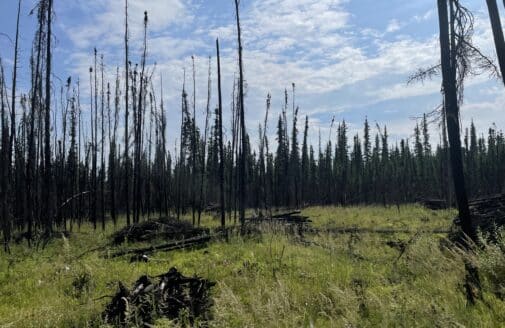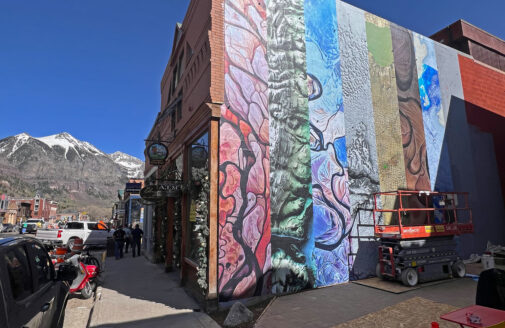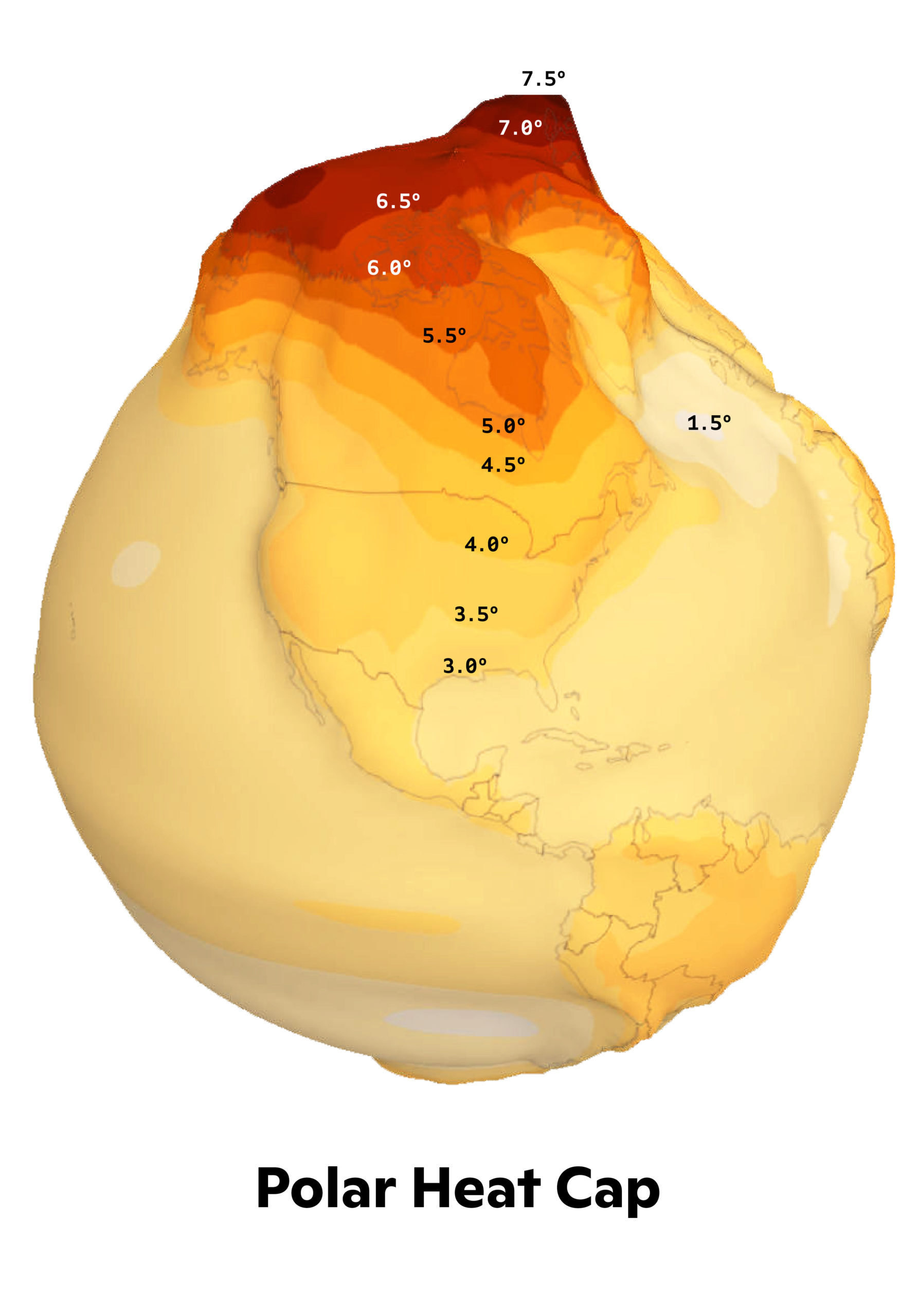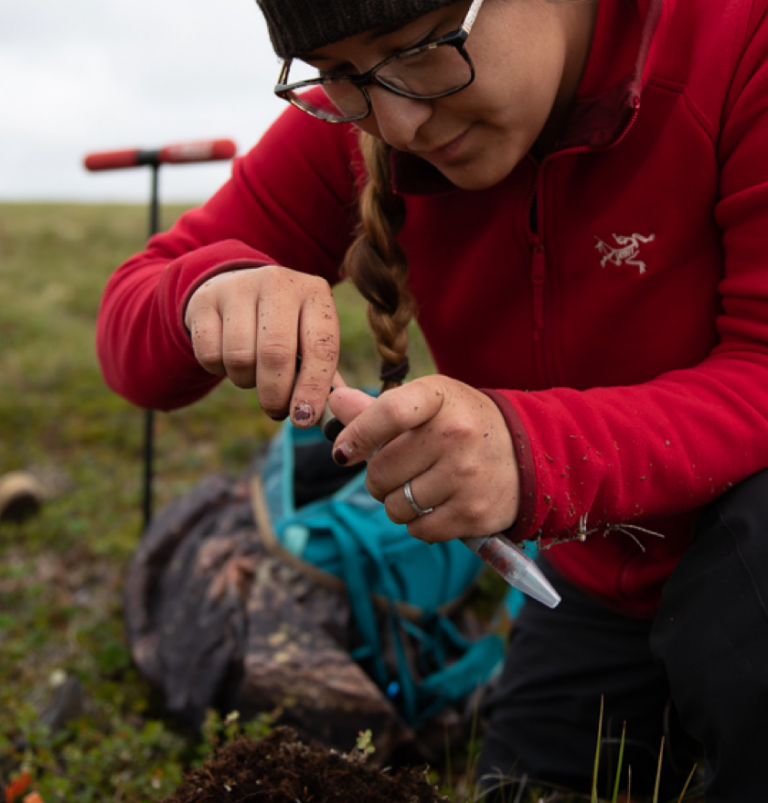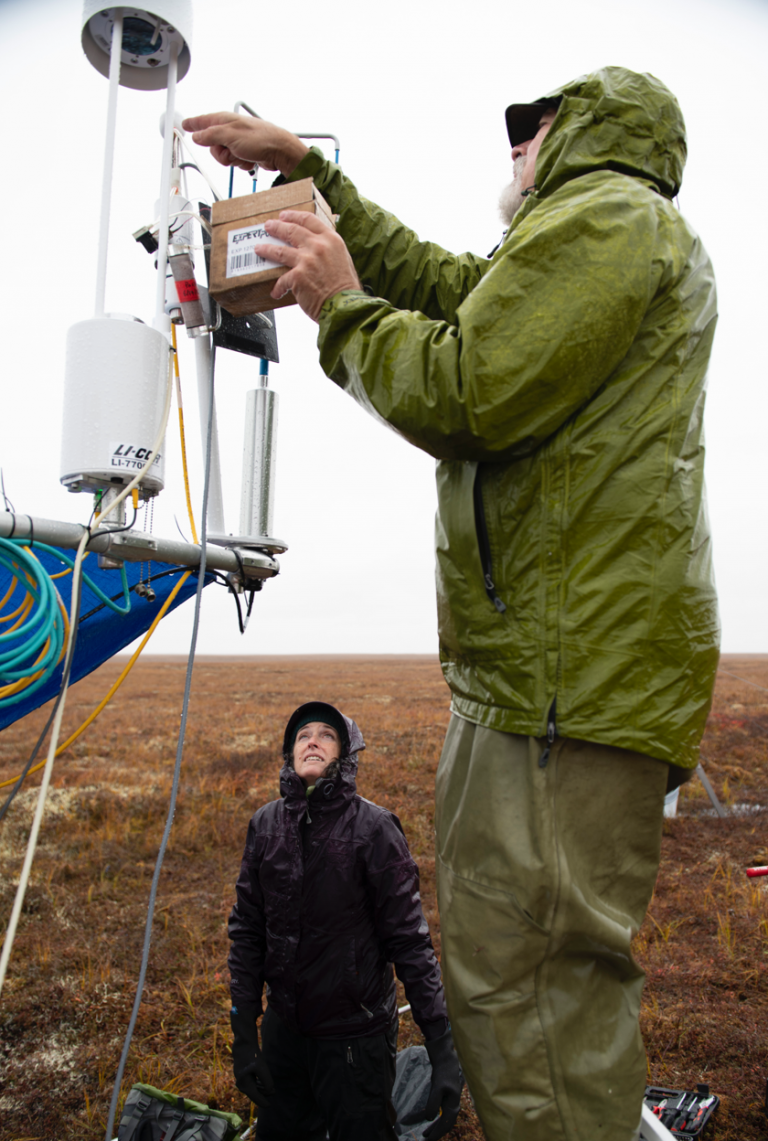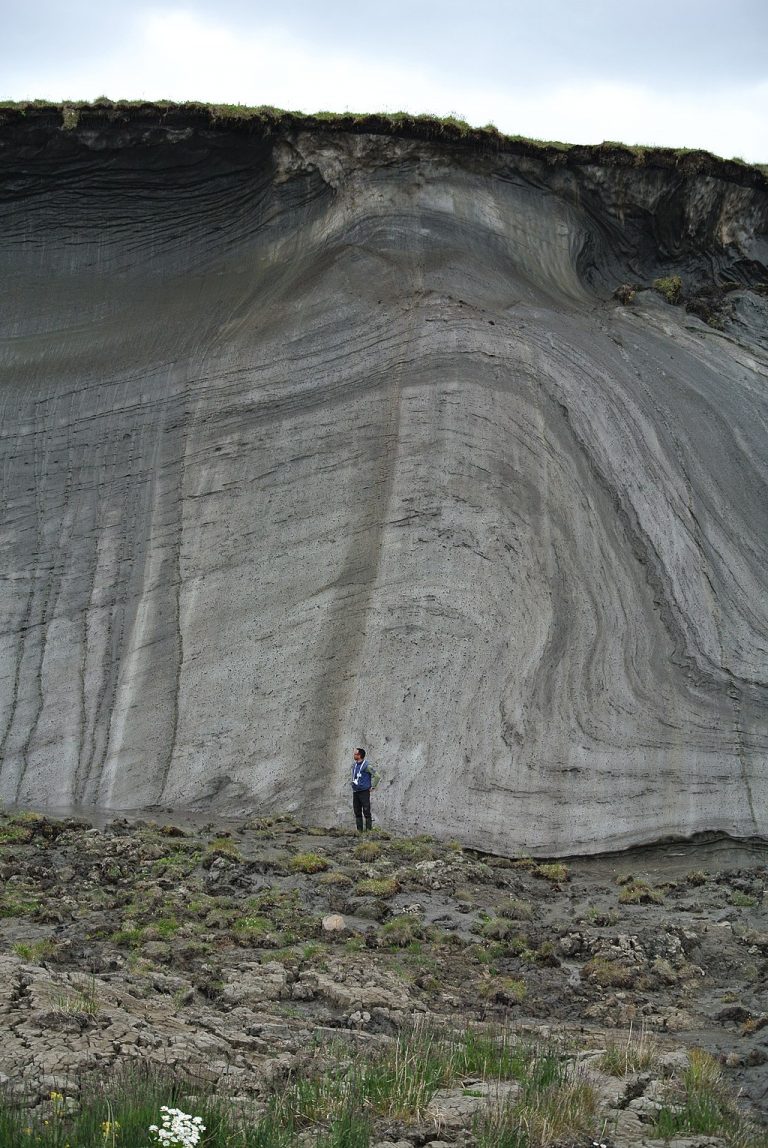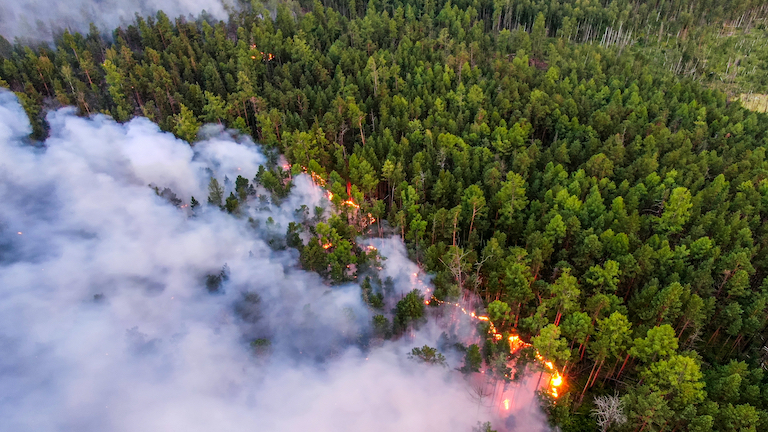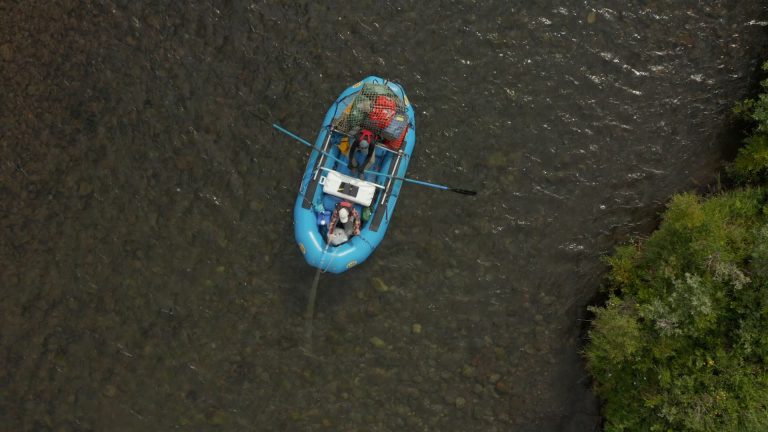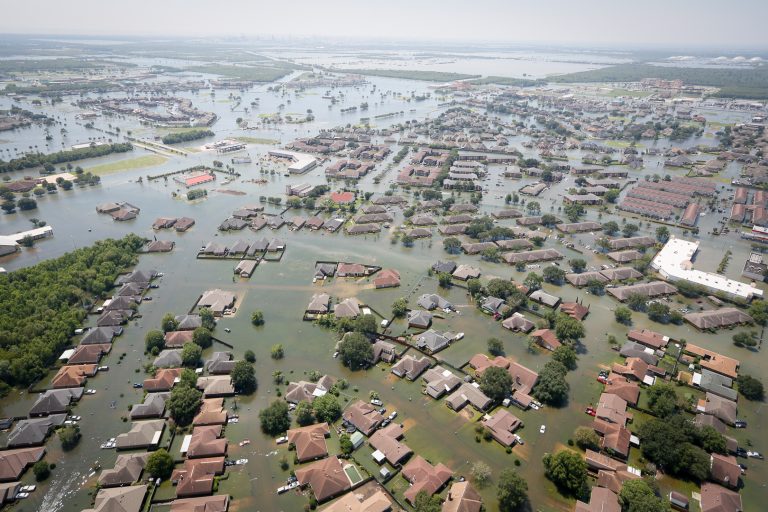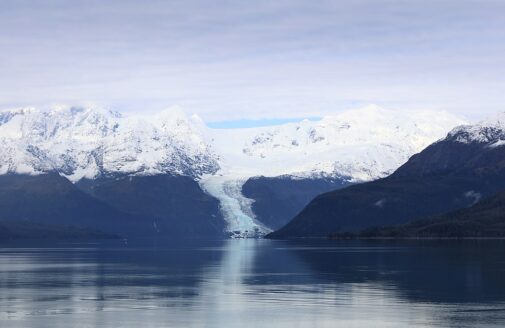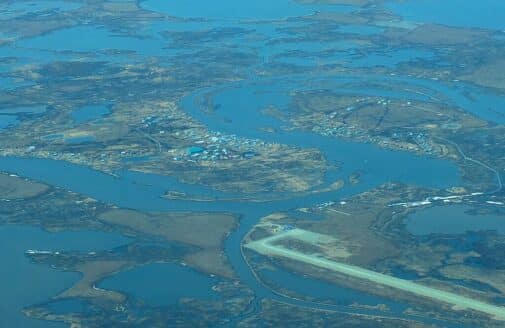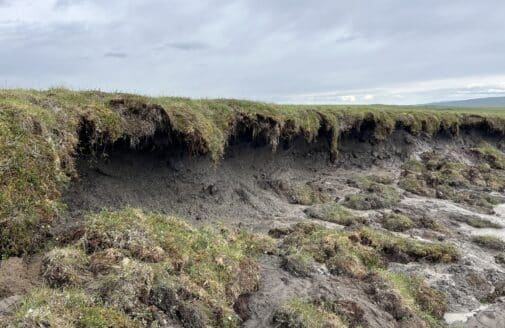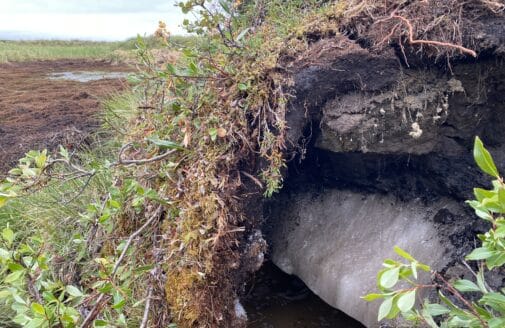What happens in the Arctic doesn’t stay in the Arctic.
Reflecting and absorbing sunlight. Storing and emitting carbon. Triggering and steering global weather. Understanding the Arctic is critical to understanding our climate, and the unprecedented fluctuations being seen in Arctic systems threaten to have dire global consequences for generations to come.
By tracking new phenomena like gas-emission craters, implementing innovative initiatives like Permafrost Pathways, and contributing to long-running studies like the Arctic Great Rivers Observatory, Woodwell Climate researchers are working to measure, track, and attenuate these risks.




